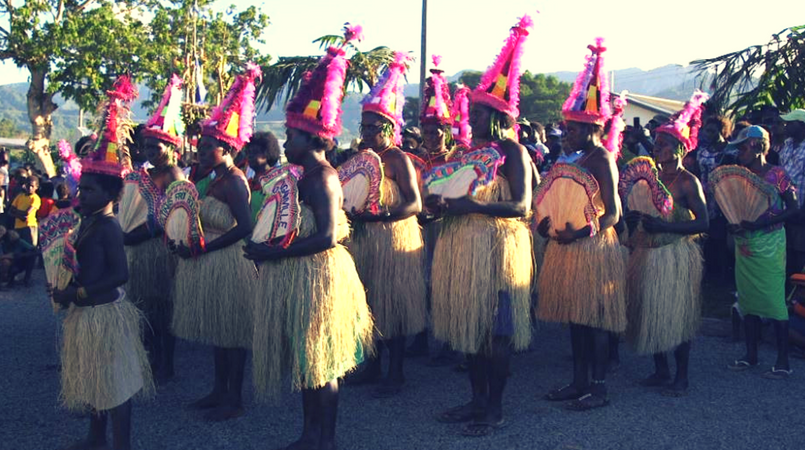
The Joint Supervisory Committee, co-chaired by Prime Minister Peter O’Neill and President of the Autonomous Region of Bougainville, Chief John Momis, has endorsed the joint consultation undertaken with non-residents of Bougainvillean communities.
They have agreed on the criteria for non-Bougainville residents to take part in the Referendum.
In the recent JSB meeting held in Arawa, both the Government of Papua New Guinea and the Autonomous Region of Bougainville, under section 55, 1 of the Organic Law on Peace Building in Bougainville, agreed on two criteria to determine the links with Bougainville, that a non-resident Bougainvillean must have in order to vote at the Referendum.
The first criteria is that; the person is a Bougainvillean, as defined in section 7, 1 of the Bougainville Constitution.
Section 7, 1, of the Bougainville Constitution defines the word Bougainvillean and who can rightfully claim to be a Bougainvillean.
Section 7, 1, a) says that a person is a member, whether by birth or by adoption according to custom by the clan lineage of a Bougainvillean clan lineage, either matrilineal or patrilineal, owning customary land in Bougainville or
b) who is married (whether by law or custom) to a person to whom Paragraph (a) applies; or
c) who is a child one of whose parents is a Bougainvillean by virtue of Paragraph (a),
is a Bougainvillean.
Criteria number two is that the person is entitled to enrolment under Section 52 (1) of the Organic Law on National and Local Level Government Elections for an electorate in PNG outside the Autonomous Region of Bougainville.
The JSB agreed that the notice of these criteria is to be published in the gazettes of the Government of Papua New Guinea and the Autonomous Bougainville Government and in the national papers.
The JSB further resolved that following further joint legal advice on constitutional compliance, that the Bougainville Referendum Commissioner (BRC) should be responsible for putting in place the necessary mechanisms to give effect to these arrangements.
